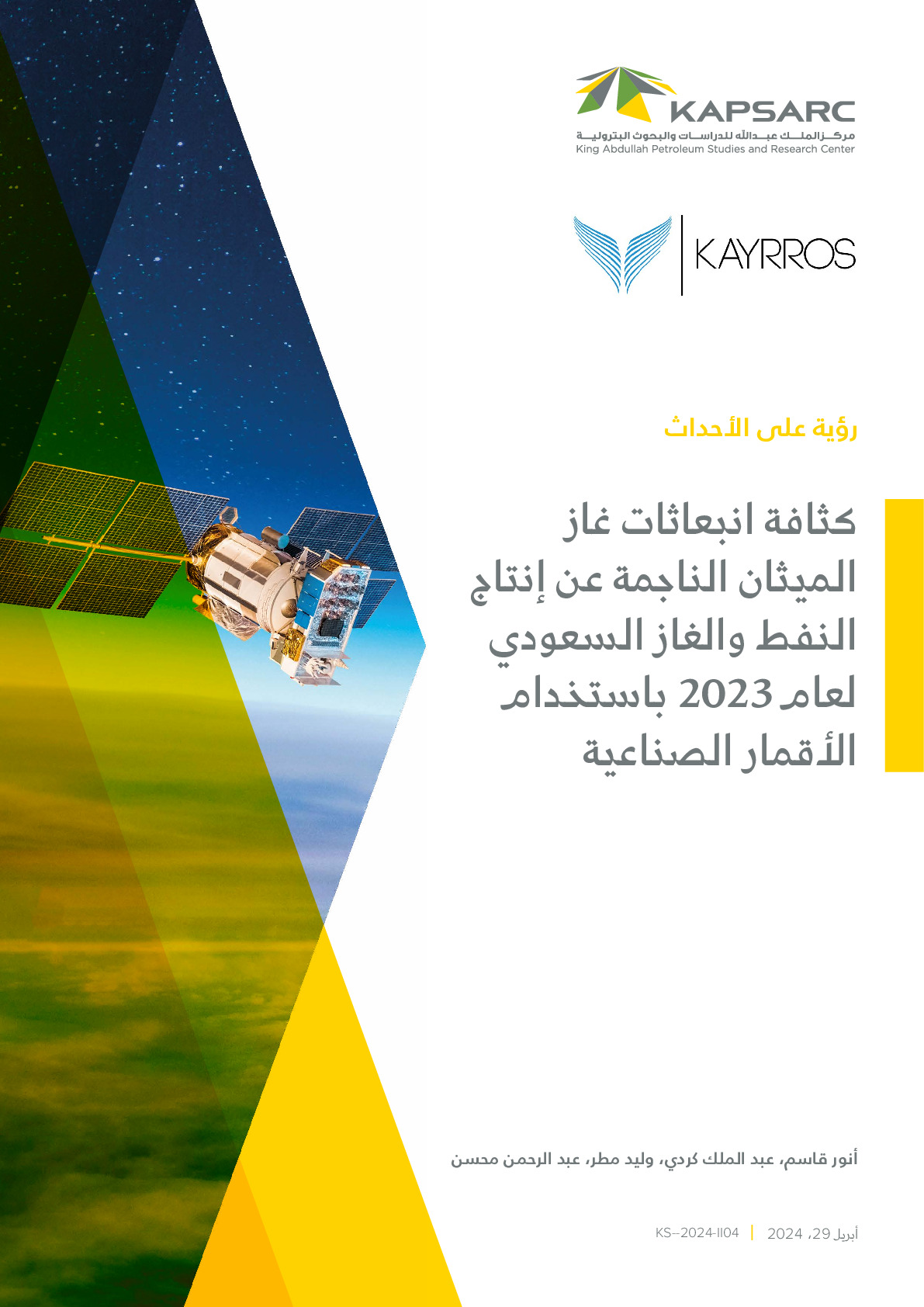Cement manufacturing is a major industry in Saudi Arabia. As a highly polluting sector, it may be part of CO2 abatement policy for the country. This paper presents a multi-criteria analysis to examine how two competing objectives affect the performance of the cement industry in Saudi Arabia. Namely, these criteria are profit and CO2 emissions. We examine the joint effects of economic costs and biases of the industry’s senior management on decisions. Relevant decisions include fuel use, and investment in carbon capture and storage and more energy efficient kilns. The analysis adopts an operational model that we have developed for the industry, where 2015–2020 is the period of interest. It allows us to account for events that are not anticipated by the industry, such as the rise in energy prices that took place in 2016. Allowing imports and deeming the reduction of CO2 emissions as highly important, the industry would choose to import clinker and bypass the pyroprocessing stage in manufacturing; however, the country has broader local content and economic diversification requirements that make this infeasible. By not permitting imports to observe the actual operation of the industry at all levels, we find: ● In environmental regulations and depending on the CO2 price, behavioral considerations have a major impact on the decision-making process of cement manufacturers. ● For a low carbon price of up to 1 $/ton, the industry would have to care for emissions considerably in order to mitigate it. At 45 $/ton or above, behavioral considerations have a limited impact in the wake of profits. ● An example of a policy that could induce a reaction is one that consists of a carbon price of 27 $/ton. At that price, the industry’s decision-makers do not have to weigh pollutants highly relative to the industry’s profits. The policy would garner $4.9 billion in government revenue and reduce emissions by 181 million tons in the six-year period. The deal would generate $1.3 billion in profit in 2020, compared to $2.5 billion without government intervention. © 2017 The Authors

زميل باحث يعمل وليد على نمذجة أنظمة الطاقة. وقد طوّر ولا زال يطور المكونات التالية لنموذج كابسارك للطاقة: توليد الطاقة الكهربائية، وتكرير… يعمل وليد على نمذجة أنظمة الطاقة. وقد طوّر ولا زال يطور المكونات التالية لنموذج كابسارك للطاقة: توليد الطاقة الكهربائية، وتكرير النفط، والبتروكيماويات والأسمدة، وإنتاج الأسمنت، والحديد، والفولاذ. كما يعمل على وضع إطار عمل للاستخدام السكاني للكهرباء من أسفل إلى أعلى، وفيه يدمج الاقتصاد الجزئي مع القوانين الفيزيائية التي تحكم استخدام الكهرباء.
الخبرات
- نمذجة أنظمة الطاقة، آليات التحسين، أسعار الكهرباء، كفاءة الطاقة، الحقول المتداخلة بين اقتصاديات الطاقة والهندسة
الإصدارات عرض جميع الإصدارات وليد مطر
Energy Policy Pathways to Inform Climate Policy in Saudi Arabia
Cement manufacturing is a major industry in Saudi Arabia. As a highly polluting sector, it…
1st مايو 2024
كثافة انبعاثات غاز الميثان الناجمة عن إنتاج النفط والغاز السعودي لعام 2023 باستخدام الأقمار الصناعية
Cement manufacturing is a major industry in Saudi Arabia. As a highly polluting sector, it…
28th أبريل 2024
